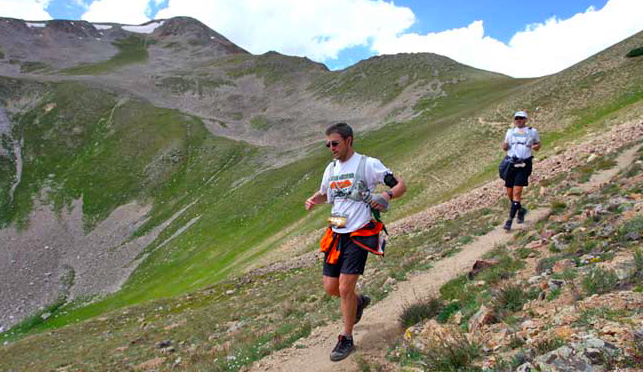Downhill training may seem counter-intuitive. You may be inclined to think to run faster and become stronger, the most effective way to train is to run uphill. Running uphill takes your muscles more, making you stronger. But downhill running can be a more effective way to increase your running speed. The main benefit of downhill training are the strength gains you gain from it. Downhill running is actually harder on your body, particularly your quads, hips and knees.
Develops Coordination, Increases Speed
Sprinting downhill develops your coordination and speed. When you run downhill, gravity pulls you down faster. This forces your legs to learn to handle the high speed travel. Your body will respond by adapting to a higher stride rate. Over time, your coordination will also improve. Your body will learn to have a higher stride rate which will translate into an increased speed over a flat surface due to the newly accustomed higher stride rate.
Strengthen Your Legs
Downhill running puts a huge eccentric load on your quads and hamstrings. An eccentric muscle contraction is the muscle activation that increases tension on a muscle as it lengthens. This is the reason why people tend to get sore when they run downhills. Downhill running means more muscle damage. Training downhill allows your body to adapt to this stress load by repairing the micro tears in your muscles and tendons, enabling your body to withstand more pressure and load in the future. This is how you become stronger.
Types Of Downhill Training
You can do a downhill fartlek – run fast slash sprint on the downhill slopes and recover on the flat and uphill. Focus on the downhills instead of the uphills. This may seem counter-intuitive. Ideally, look for a course that has hills of varying steepness and lengths. This will be a continuous run that helps develop your endurance as well.

Downhill Intervals – Look for a downhill that is about a kilometre long and sprint down it. You would be going almost all out on this downhill sprint. Recover by walking or slowly jogging up the uphill before doing the repeats again.
Downhill Long Run – If you are able to find a 15-20km downhill course, this would make a good overall downhill course long run. For instance, you can run down Frasers Hill in Malaysia.
Downhill Running Technique
Due to the gravity pull, it is easy to overstride. When running downhill, you must be cautious with your form. Ensure that you aren’t overstriding. You must ensure what is allowing you to go faster is an increased cadence. Remember to concentrate on candence and avoid tensing up. Keep your hips and back relaxed. Make sure you are in control of your run, not gravity!


